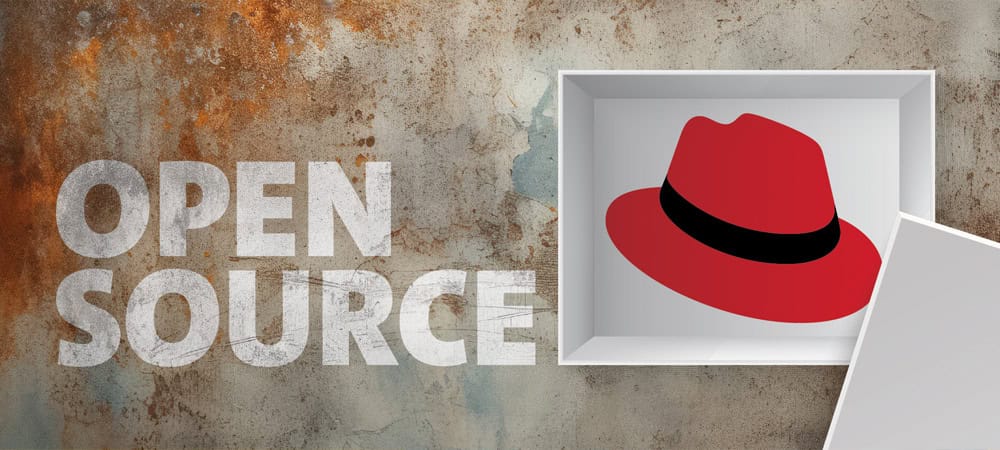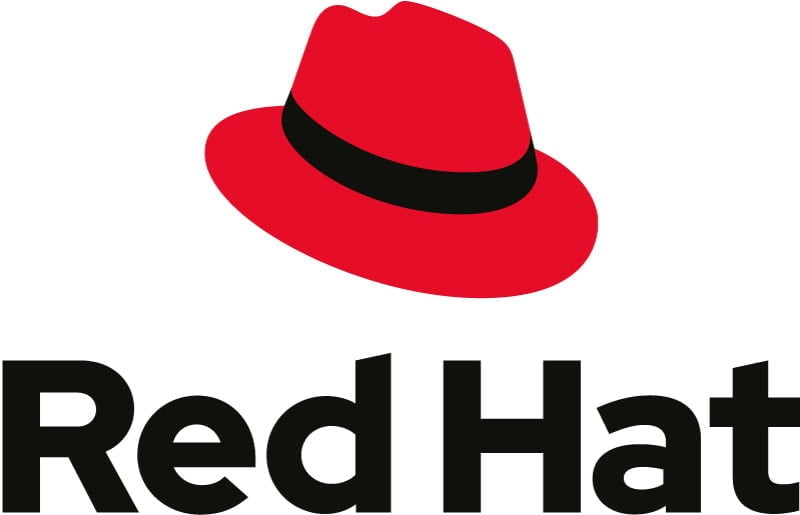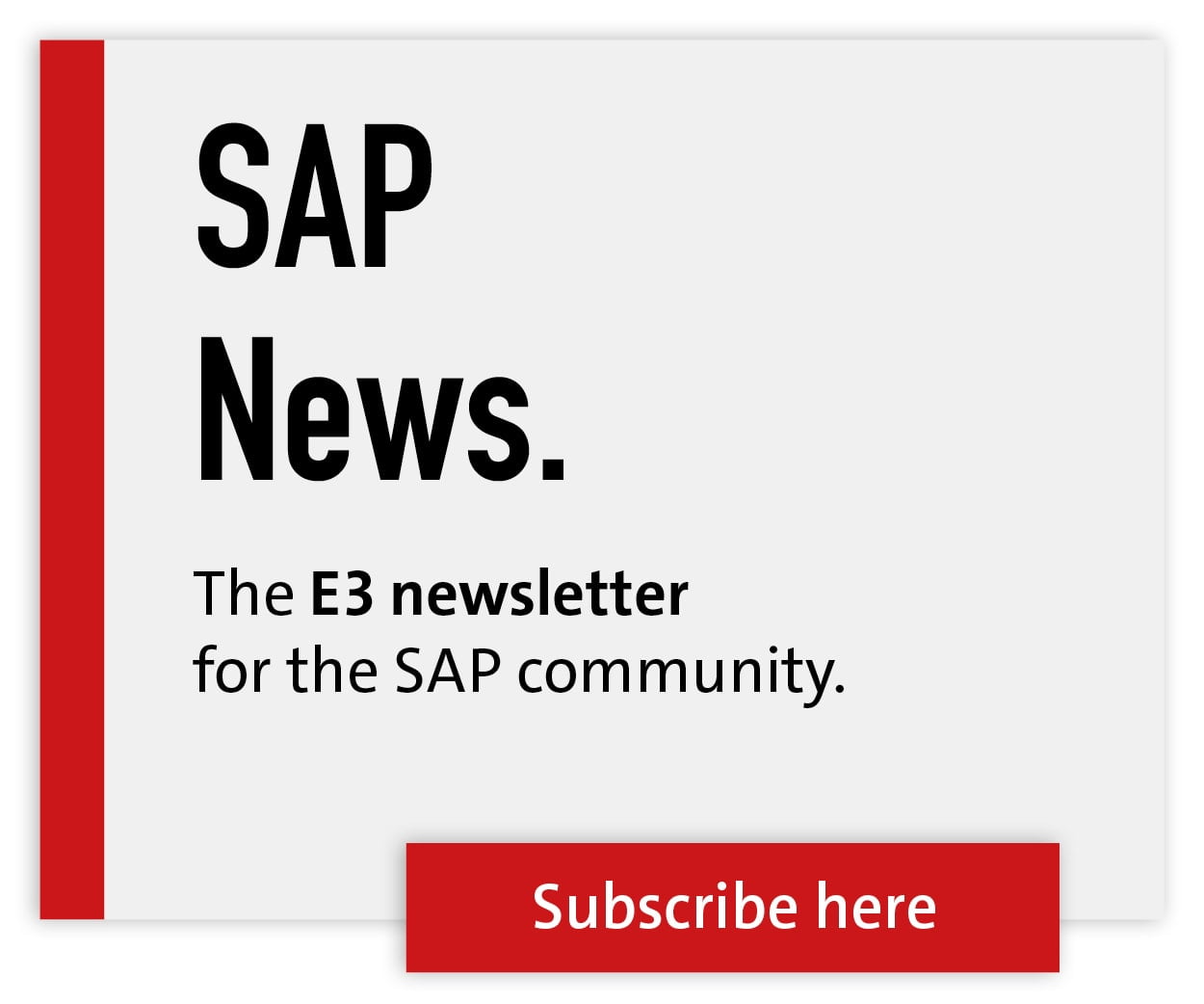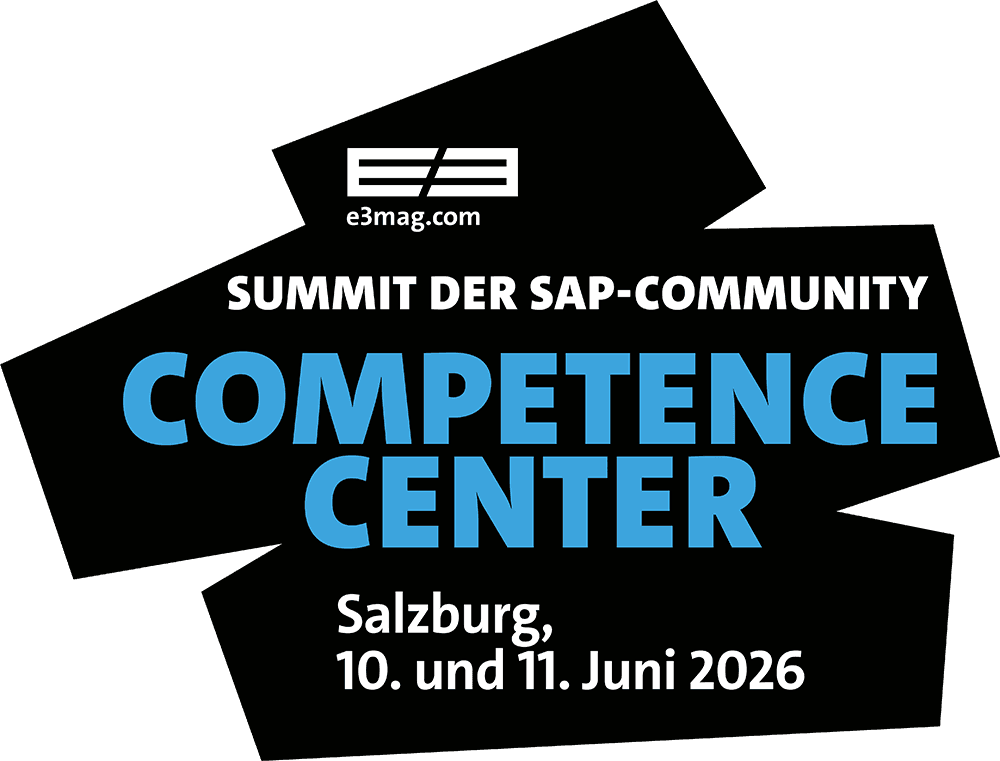SAP migration booster Fit Gap and Factory


The time required before each migration with a traditional approach is enormous: with workshops, interviews, surveys and manual analysis of interfaces and integrated applications, it usually takes twelve months per system. Sensible consolidations, template roll-outs, innovations, re-standardizations and automations are often put on the back burner.
In many cases, companies are therefore currently faced with the question of how their own heterogeneous SAP landscape fits in with a scalable and faster migration, which can then also utilize synergy effects and modern technologies - including Rise. Automated fit-gap analyses and a factory approach, such as those offered by the independent analyst firm West Trax, are emerging as the new industry trend for this challenge. This allows hundreds of systems to be analyzed automatically. The actual status with actual process usage, standard deviations, inefficiencies, for example in background jobs, as well as exact template and S/4 fit-gap insights in SAP systems are determined and necessary adjustments, potential improvements and quick wins are specifically identified for each system.
Initial results can be available within a few minutes, which can then be used by all project partners and stakeholders involved as well as SAP tools such as Signavio, WalkMe or Calm. In such an analysis and migration approach, for example, a "model" template is generated from a "system" template, which serves as a basis for comparison for the automated fit-gap analyses. These then act as a kind of single source of truth for a specific customer landscape - 100% data-driven and fact-based.
All systems are examined with regard to differences to the template model. The identified gaps are then evaluated and the necessary action steps are defined. A downstream "governance" template even allows subsequent bidirectional template improvements, as new analyses are available after just a few hours. Control and transparency remain permanent. More than just transparency is needed to accelerate the subsequent migration steps: test, staging, development and training systems must be set up for the new target landscape. Interface customization, cloud-native development of connected applications, PI/PO replacement by SAP Edge Integration Cell with BTP are on the agenda.
Open source-based platform approach
Conventional approaches with the procurement of resources such as hardware, network or operating system or many silo-like system environments are not expedient. The most convincing way to overcome these technical challenges is an automated, open source-based platform approach. An application platform with Red Hat OpenShift, Red Hat Ansible Automation and DevOps as well as MLOps tools is established and can play to its strengths in the factory approach to SAP modernization, whether in bare metal, on-premises, private, hybrid or edge environments.
A modern, open source-based platform provides support for migration and modernization in four areas: accelerating the creation of a testing, development and staging landscape, even in self-service (e.g. integrated in ServiceNow), for preliminary projects even across silos, for uniform security, monitoring and governance specifications, for the implementation of innovation initiatives and for the provision of final, hybrid production systems or automated transitions in Rise. These environments based on West Trax analytics data are deployed in minutes, including all security requirements, test data and pre-configured development environments or third-party systems. With the automatable platform approach, the innovation journey can be started on the identical environment right from the start. Companies should not ignore this industry trend in order to significantly shorten their time-to-value.
To the partner entry:






